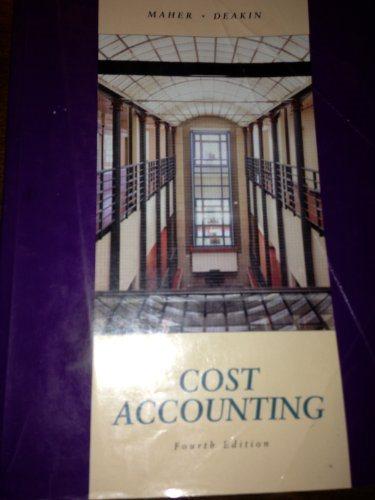The Roving Eye Cosmetics Company buys bulk flowers and processes them into perfumes in a two-stage process.
Question:
The Roving Eye Cosmetics Company buys bulk flowers and processes them into perfumes in a two-stage process. Their highest-grade perfume, Seduction, and a residue that is processed into a medium-grade perfume called Romance come from a certain mix of petals. In July, the company used 25,000 pounds of petals. The first stage is a joint process known as Reduction, reducing the petals to Seduction and the residue. This first stage had the following costs:
• $200,000 direct materials.
• $110,000 direct labor.
• $90,000 overhead and other costs.
The additional costs of producing Romance in the second stage, known as the second pressing, were as follows:
• $22,000 direct materials.
• $50,000 direct labor.
• $40,000 overhead and other costs.
For the month of July, total production equaled 10,000 ounces of Seduction and 42,000 ounces of Romance. There was no beginning inventory on July 1. There were no uncompleted units.
Packaging costs incurred for each product as completed were $60,000 for Seduction and $154,000 for Romance. The sales price of Seduction is $90 an ounce;
Romance sells for $31.50 per ounce.
a. Allocate joint costs using the estimated net realizable value method. (Packaging and additional processing costs must be subtracted from revenue to compute net realizable values.)
b. Allocate the joint costs using the physical quantities method. Round all percentages to one decimal place.
c. Are there any problems in using the physical quantities method in this case?
d. Assume that Roving Eye can sell the squeezed petals from the reduction process to greenhouses for use as fertilizer. In July, there were 12,000 pounds of squeezed petals left over that sold for $.75 per pound. The squeezed petals are a by-product of Reduction. Assume the net realizable value of by-products reduces joint costs of main products. With this new information, answer parts (a)
and ib).
Step by Step Answer:






